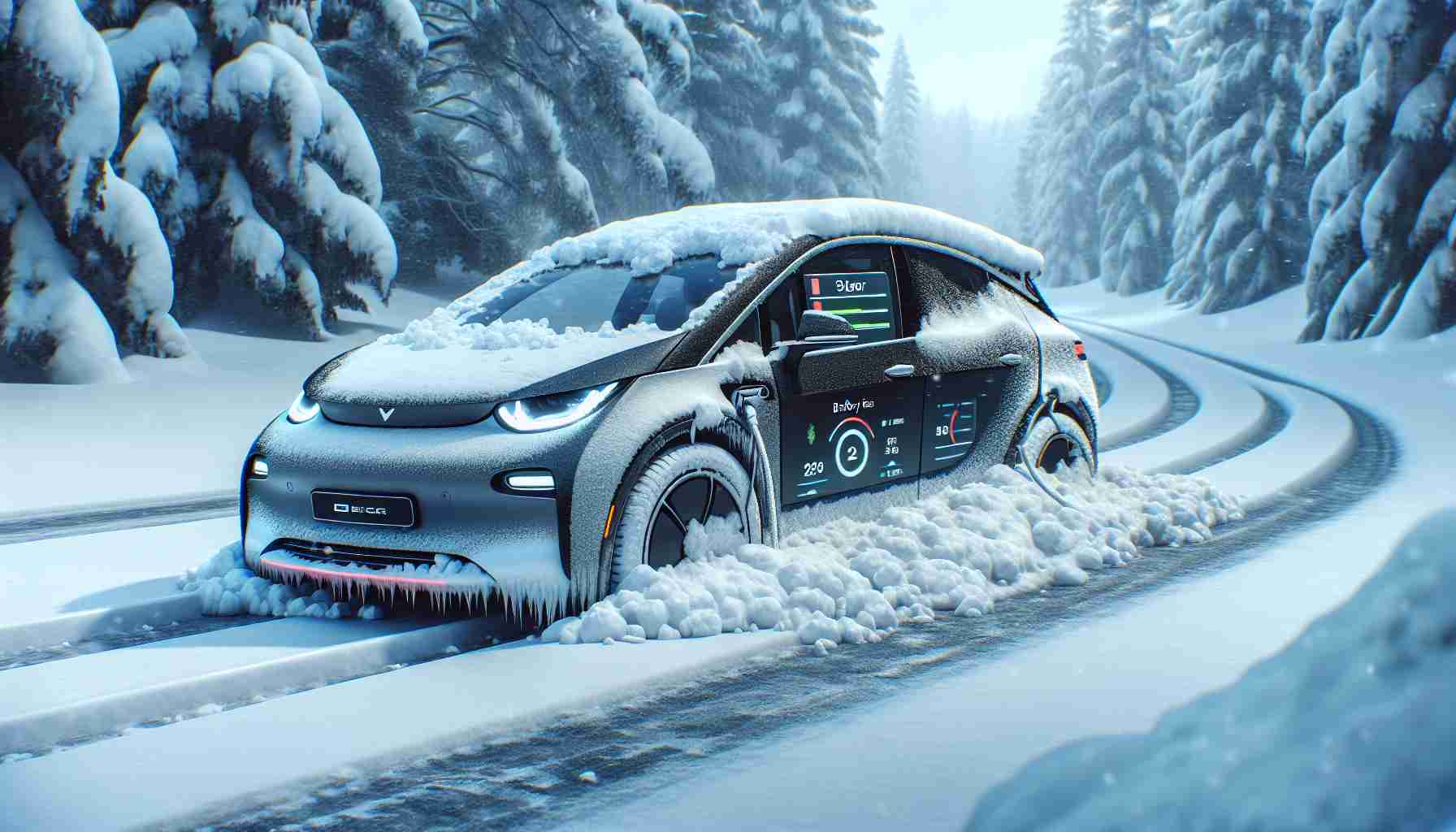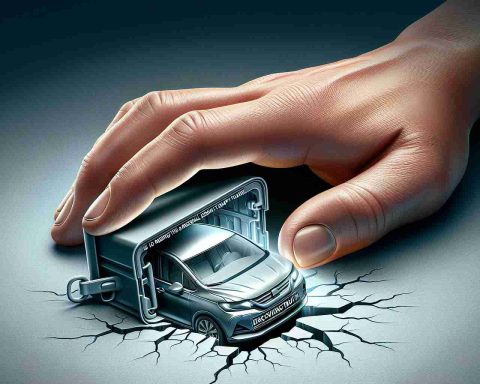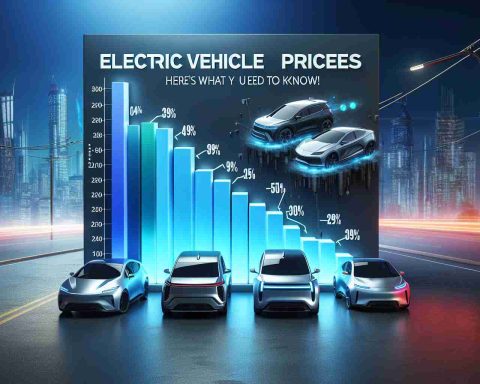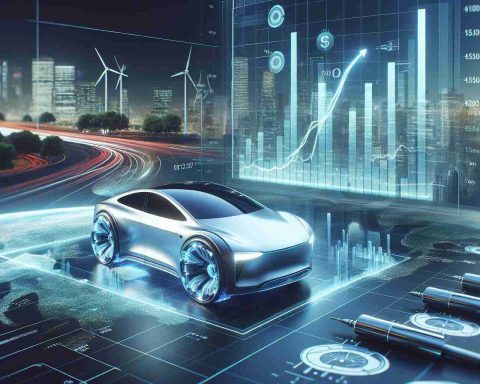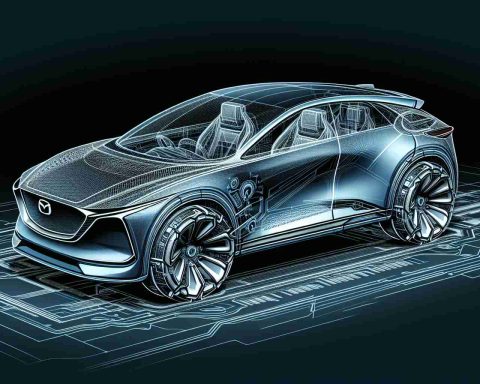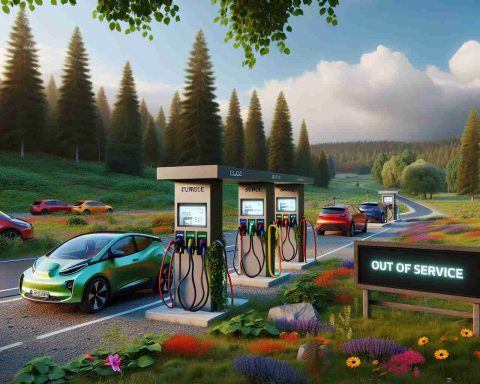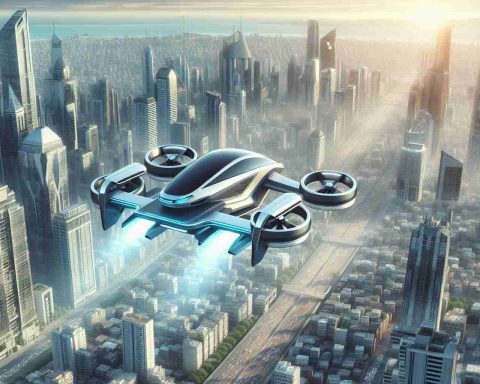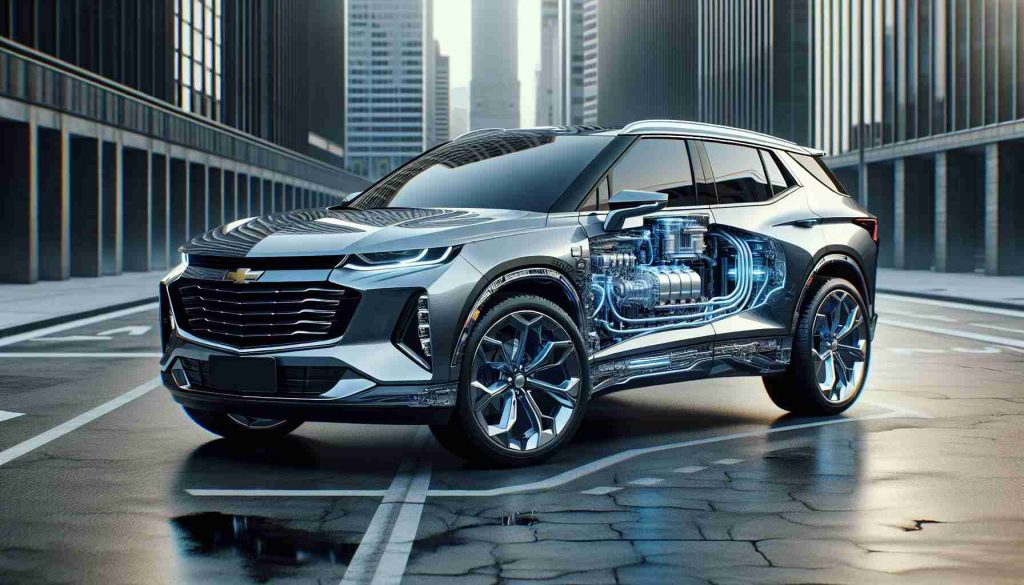- Electric vehicle range can decrease significantly in cold weather, by 14% to 39%.
- Some EV models perform better in winter conditions than others, highlighting variability in range.
- Winter range anxiety affects over 53% of EV owners, leading many to prefer gas vehicles for long trips.
- Charging power varies among models, with an average of 100 kW noted during tests.
- Potential EV buyers should consider winter performance when evaluating electric vehicle options.
As winter rolls in, electric vehicle (EV) owners are facing a chilling reality—EV range can plummet by 14% to 39% in colder conditions! A recent test conducted in Canada revealed that while some models like the Chevrolet Silverado EV and Polestar 2 only dropped by 14%, others, such as the Volvo XC40 Recharge and Toyota bZ4X, faced dramatic reductions of up to 39%.
Picture this: during a frosty drive from Ottawa to Mont-Tremblant, the Tesla Model 3 regained an impressive 205 km in just 15 minutes, while the Kia Niro EV barely scraped together 35 km. With winter looming, it’s no wonder that over 53% of EV owners would rather opt for a gas-powered vehicle for long journeys.
These findings expose a crucial concern for potential EV buyers—winter range anxiety. Many drivers have felt the pinch of dwindling battery life during harsh temperatures, leading to a reluctance to embrace electric options fully. The average charging power was clocked at 100 kW, but this varied widely among the models tested, leaving some owners in chilly despair when they need power the most.
As the demand for electric vehicles surges, the significant impact of winter conditions raises important questions about the feasibility of adopting EVs in colder climates. For anyone considering making the switch, it’s critical to consider how well an EV can cope with the harsh realities of winter driving—because when the temperature drops, so does the range!
Shocking Winter Performance: How Cold Affects Your EV’s Range and Charging
As winter approaches, electric vehicle (EV) owners must confront the reality that the cold can significantly impair their vehicles’ performance. Recent studies have illustrated just how severe this can be, with ranges dropping by 14% to 39% in frigid temperatures. Here’s a breakdown of critical insights and updates regarding EV performance in winter conditions.
Key Insights on Winter EV Performance
1. Temperature Impact on Battery Range: The degree of battery performance decline is not uniform among different models. For instance, the Chevrolet Silverado EV and Polestar 2 showed relatively minor reductions at 14%, while the Volvo XC40 Recharge and Toyota bZ4X suffered up to 39% loss in range. This discrepancy emphasizes the importance of model selection for those living in colder regions.
2. Charging Efficiency in Cold: Charging times can be adversely affected in winter. Studies show an average charging power of 100 kW across models, but some options, like the Kia Niro EV, performed poorly, only gaining 35 km of range after a lengthy charge. In contrast, the Tesla Model 3 excelled, adding 205 km in just 15 minutes.
3. Consumer Sentiment and Future Adoption: An overwhelming 53% of EV owners expressed a preference for gas-powered vehicles for long trips in winter, primarily due to concerns about range anxiety during colder months. This sentiment poses challenges for manufacturers aiming to increase EV adoption.
Frequently Asked Questions
Q1: What can EV owners do to mitigate winter range loss?
A1: To limit range degeneration in colder weather, EV owners can precondition their vehicles while still plugged in, use eco-driving modes, and ensure proper tire inflation, as cold temperatures can lower tire pressure.
Q2: Are certain EV models recommended for winter driving?
A2: Yes, models like the Tesla Model 3, Chevrolet Silverado EV, and Polestar 2 have shown better performance in cold conditions, while others may not fare as well due to significant drops in range.
Q3: How are manufacturers addressing winter performance issues?
A3: Manufacturers are increasingly focusing on improved battery technology, better insulation, and advanced thermal management systems to enhance performance during extreme weather conditions.
Features and Limitations of Winter EV Driving
– Features: Some EVs come equipped with heating systems specifically designed for battery management, which can help reduce range loss and improve charging efficiency.
– Limitations: The major drawback remains the inherent battery chemistry and design that leads to diminished capacity in cold weather, combined with slower charging rates that can contribute to longer wait times for EV drivers.
Conclusion
With the demand for electric vehicles on the rise, understanding and addressing the challenges of winter driving is crucial. Prospective buyers should carefully consider vehicle options, features, and strategies to ensure a seamless transition to electric, even in the coldest months.
For more in-depth information about electric vehicles and their capabilities in various conditions, visit Edmunds for expert reviews and market insights.
